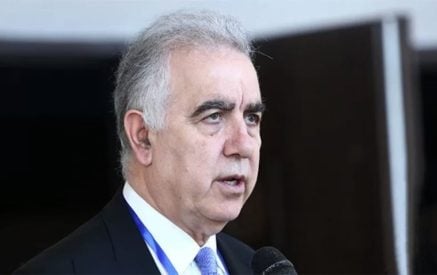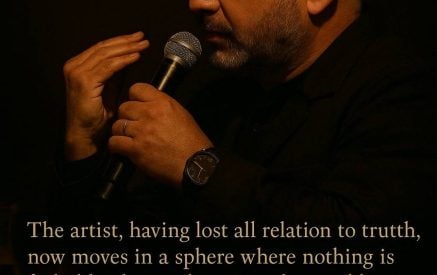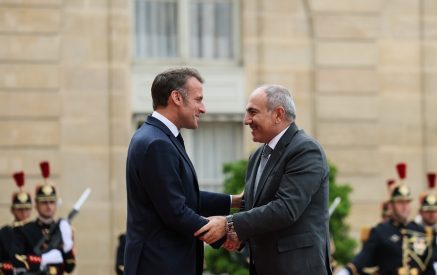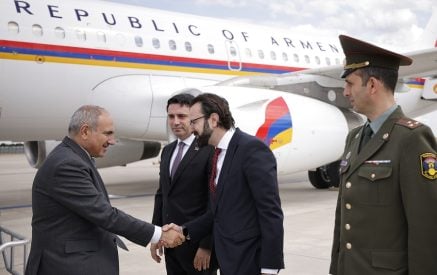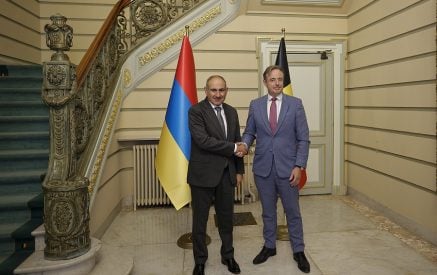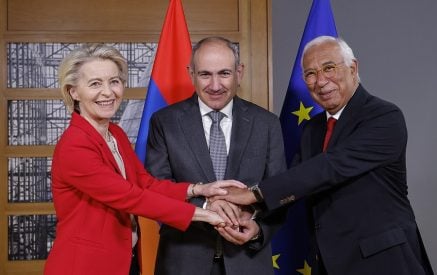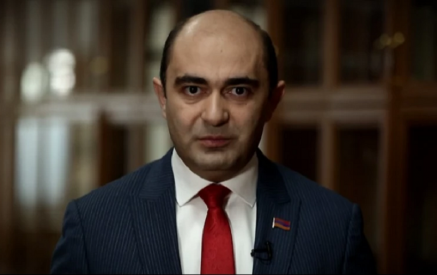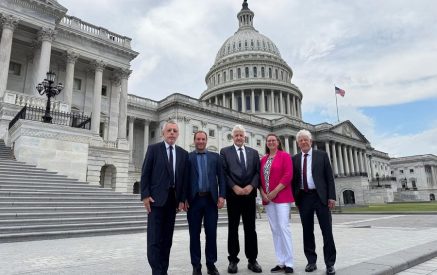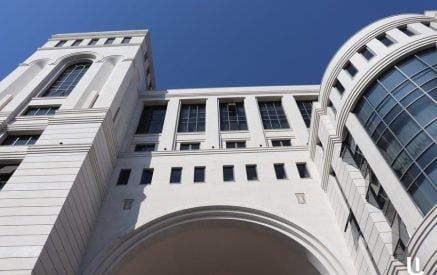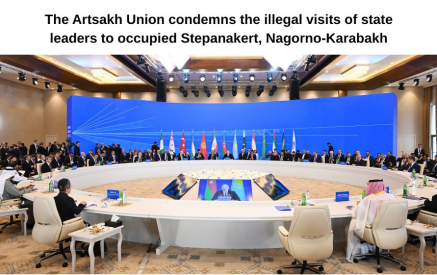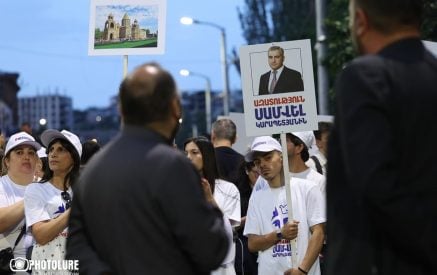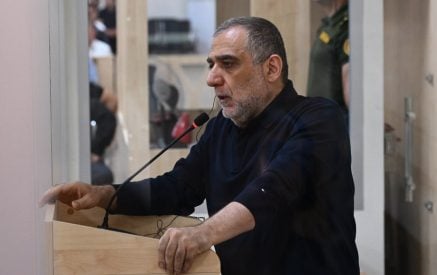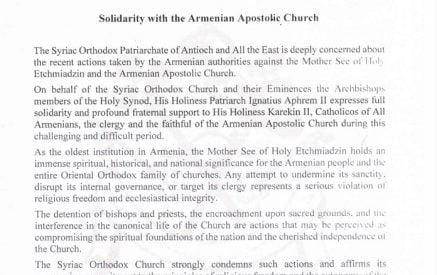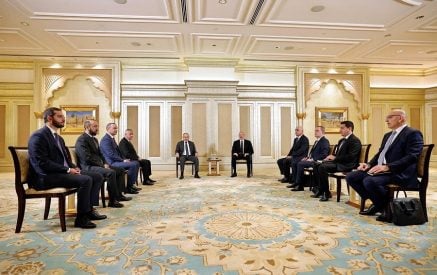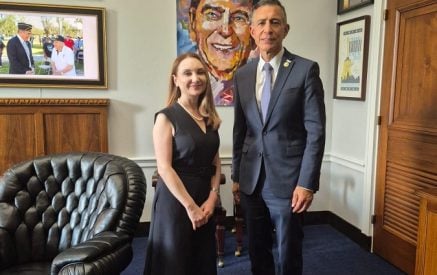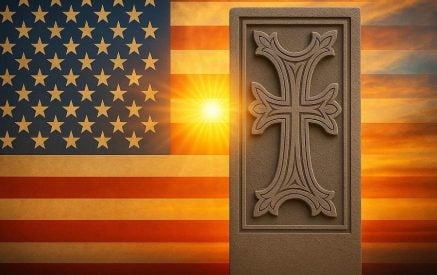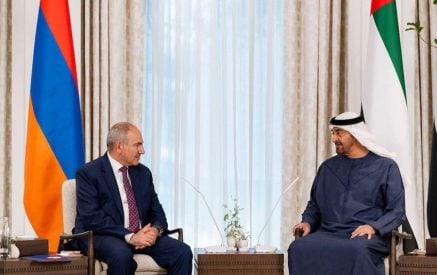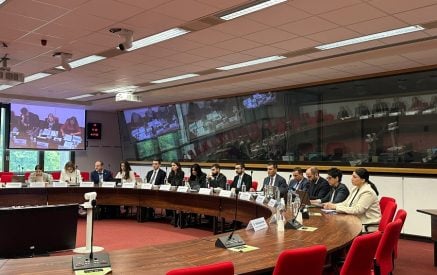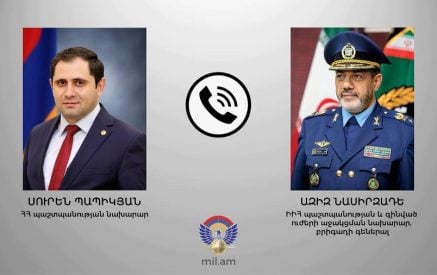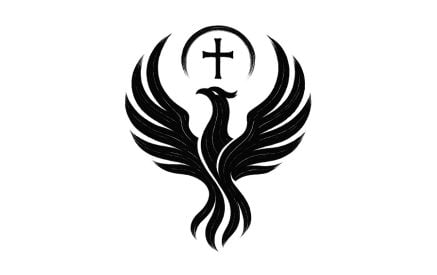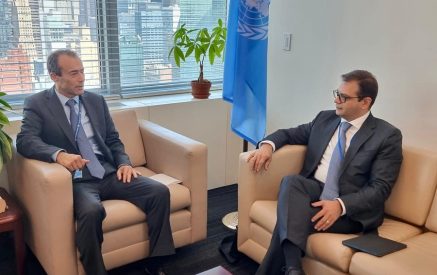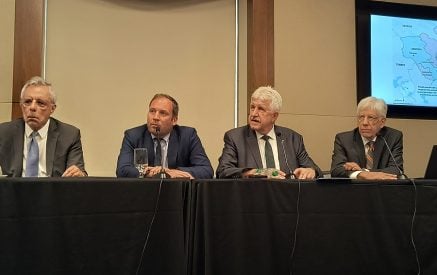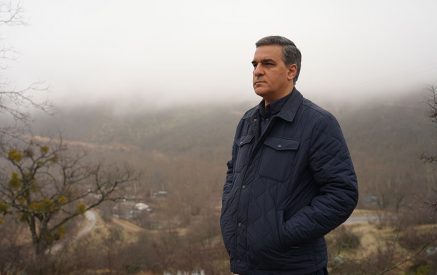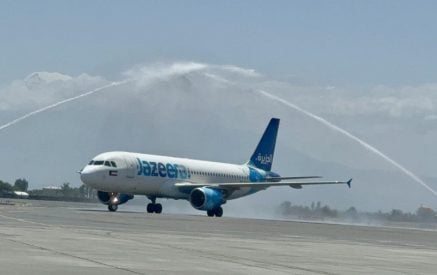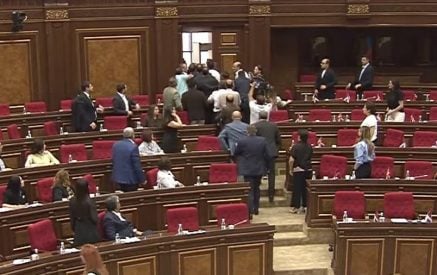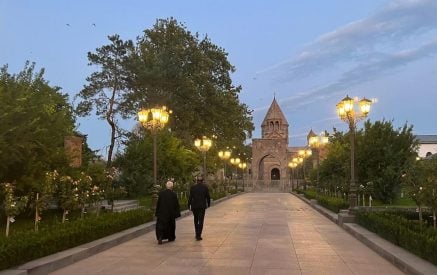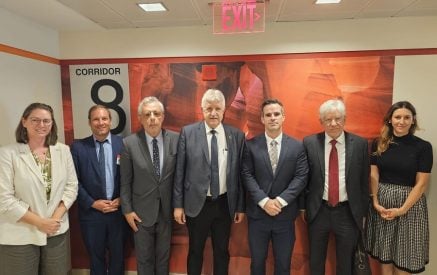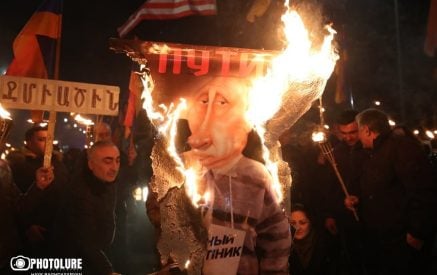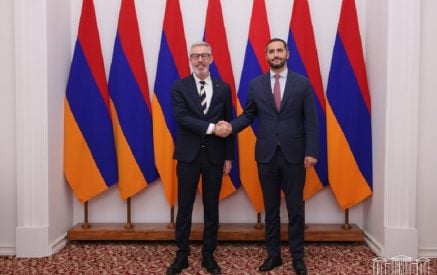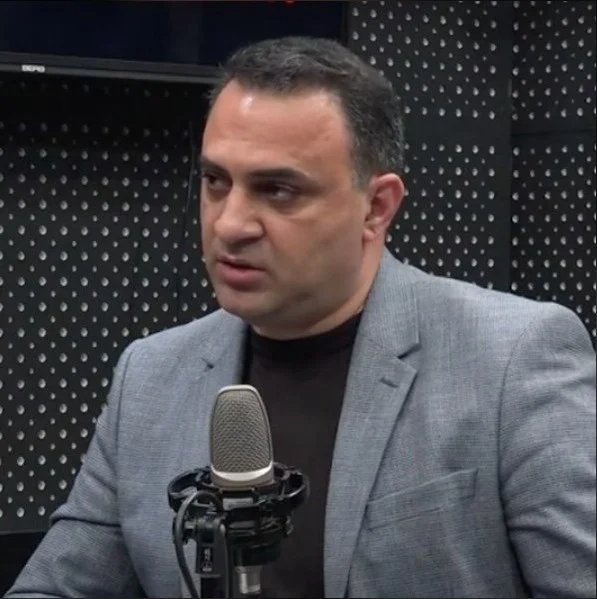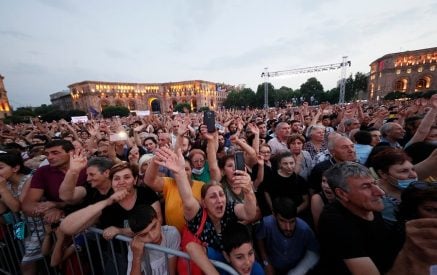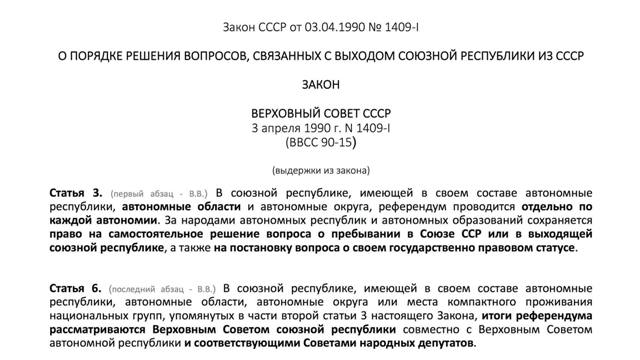Over the past days, large-scale discussions on the recognition of Nagorno-Karabakh’s (Artsakh’s) sovereign status are taking place. Considering the exceptional significance and urgency of the case, I propose a conceptual mechanism for the formation of its perception and presentation. The information presented below will be of significant help for larger audiences to understand Nagorno-Karabakh’s (Artsakh’s) legal-political status. It can serve as a brief guide for the formation of objective public opinion about
– The way Artsakh’s political status and rights are perceived in the region (including in Azerbaijan), as well as in the rest of the world;
– The legal basis and the legality of proceedings that are connected to the actions Artsakh undertakes.
The nature of the case is proposed in several points below.
Read also
1) As of 1990, both Nagorno-Karabakh (then-Nagorno-Karabakh Autonomous Oblast/Province or NKAO) and Azerbaijan (the rest of then-Soviet Azerbaijan) were parts of one sovereign subject – the Soviet Union (USSR). It is essential to determine the extent to which the development of the Nagorno-Karabakh’s status complied with the relevant acting laws.
2) On April 03, 1990, the USSR adopted a law regulating the conditions for the secession of union republics and autonomous units (including autonomous oblasts/provinces) from the USSR. Articles of the Law related to the autonomous units, such as NKAO, are attached below (the original in Russian).
3) According to Article 3 of the above Law, in the USSR republics that included autonomous units (for example, NKAO), an independent right to hold a referendum on secession both from the USSR and from the particular republic of the Union was provided for each autonomous unit separately. Their right prescribed holding a referendum on the political-legal status of the autonomous unit. To put it simply, each autonomous unit (NKAO, for instance) had an independent right to withdraw from the USSR following the referendum results.
4) On December 10, 1991, in full compliance with the acting legislation, a referendum was held in Nagorno-Karabakh (then-NKAO), following which the Nagorno-Karabakh Republic (present: Republic of Artsakh) was proclaimed.
5) According to the Law mentioned above (article 6), the referendum’s results were to be reviewed by the Supreme Council of Azerbaijan, together with Nagorno-Karabakh’s authorities. However, since the day the referendum’s results became public until when the USSR stopped existing (December 26, 1991), no review action was initiated by Azerbaijan. The acting legislation in the USSR prescribed no other settlement of this issue. Thus, following the dissolution of the USSR, two sovereign nation-states were formed on Soviet Azerbaijan’s territory: the Nagorno-Karabakh Republic (present: Republic of Artsakh) and the Republic of Azerbaijan.
It should be added that in Azerbaijan proper, a referendum on secession from the USSR was held only three days after the end of the USSR: on December 29, 1991. This fact clarifies that before the USSR stopped existing as a sovereign political entity (00:00 on December 26, 1991), Azerbaijan continued to remain a republic within the USSR and, as of then, had failed to fulfill its obligations stipulated by the Law.
6) After gaining de jure independence (note: up to that moment, no former territorial unit of the USSR could have its independent army), Azerbaijan unleashed an undeclared war against Nagorno-Karabakh.
Nagorno-Karabakh defended itself and not only preserved the major part of its territory (NKAO) but also liberated adjacent ones. Territories acquired during the war as an outcome of the counter-offensive CANNOT BE CONSIDERED OCCUPIED!
7) As of 1994, when the representative of Nagorno-Karabakh (Artsakh), along with representatives of Armenia and Azerbaijan, put his signature on the cease-fire agreement (cease-fire: in force from May 12, 1994 onward), the sovereign status of Nagorno-Karabakh (Artsakh) expanded over all of its territory – the former NKAO and the newly-liberated territories.
8) Within its borders, as mentioned under point 7), Artsakh reserves a right to exercise its sovereign political decisions.
The information presented above states that Artsakh’s (Nagorno-Karabakh’s) status lies higher the universal right of national self-determination and extends Artsakh’s territory beyond the borders of the former NKAO by fixing it within the de-facto borders (cease-fire demarcation line) as of May 12, 1994. Thus, the case for Artsakh (Nagorno-Karabakh) is of EXERCISING ITS RIGHT OF SELF-DETERMINATION AND PROTECTING ITS TERRITORIAL INTEGRITY.
Vahagn Vardanyan, Ph.D. (Political Geography and Geopolitics)
(Hong Kong)


